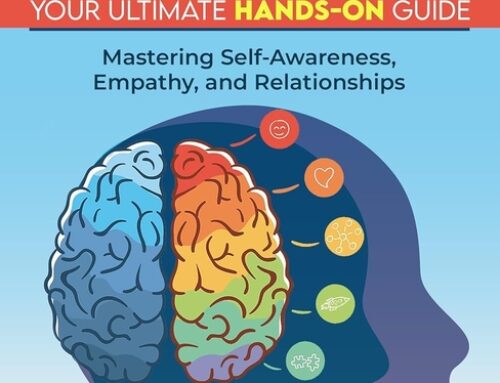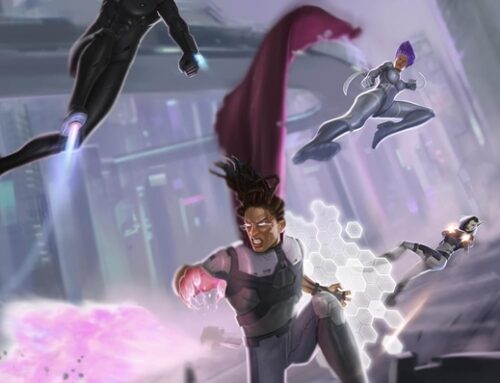★★★★
The Nayen armies have all but won in their conquest of the free peoples of this world. An empire of hell-spawn, alien beasts and supplicants has been built on the ashes of human civilization, pushing the last clans and communes to the fringes of the empire to await starvation, or worse, capture.
Caldane is one such captive – once a member of the Onei clan as a shaman, before his home’s enslavement by Nayen monks. With the help of Aissal – an alien world-traveler who seeks to free all the realms she can – and Rucker – a young man with dreams of a humble nostalgia – the a group of slaves escape. More than that, they take with them a priceless artifact, which could hold the key to freeing the Onei and every other realm living in the shadow of the Nayen: The Archbishop’s Amulet.
The first book in The Windhaven Chronicles by Watson Davis, The Archbishop’s Amulet is a fantasy novel that embodies the term “epic.” The world is unique and memorable and filled with individuals and groups that are sure to stick with you long past the final page, both for their culture and their character. It’s rare to see something so developed that is neither heavily borrowed nor overly complicated (often to a point of either over-explaining its function or leaving gigantic holes in logic for how such a world would ever function). No, the Nayen empire with its neighbors, allies, and enemies are stand-out, living, breathing cultures and areas, with every character having a stake in events to come – friend or foe.
Davis displays a very free and flowing nature to his prose, with no shortage of detail where it’s needed. However, the book does have its share of run-on sentences, as well as overt use of over-complicated synonyms and unnecessary explication:
Sweat dripped down from my forehead, stinging at my eyes, rolling down my nose, my chin, tickling like a swarm of mosquitoes nibbling at my skin, like tiny demons armed with miniscule feathers brushing them against me.
As seen above, there is some method to Davis’s description, as it conveys the mood of the entire novel, which gets more dark and bloody as it goes on. However, it does cross over into the gratuitous, even within a book with the theme of harsh slavery, and a fair amount of graphic violence.
As the book progresses, the reason for this type of visceral detail seems unclear, as there’s no obvious deeper meaning for why table scraps might be described with the same vocabulary as the particularities of a man with a weapon being lodged in his neck. Overall, there may be too much of a good thing in the book’s description, which actually takes something away from the acts of violence, as they’re described with the same gory detail as something more mundane.
Despite possible issues with the drawn-out writing style, readers will find that The Archbishop’s Amulet has a stand-out plot and an engaging setting and characters that will make up for any of its shortfalls sevenfold.
Links
Author Site
Amazon
Goodreads
STAR RATING
Design
Content
Editing
Get an Editorial Review | Get Amazon Sales & Reviews | Get Edited | Get Beta Readers | Enter the SPR Book Awards | Other Marketing Services
























Leave A Comment